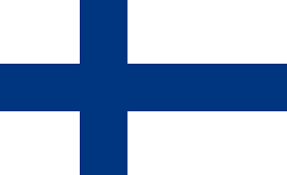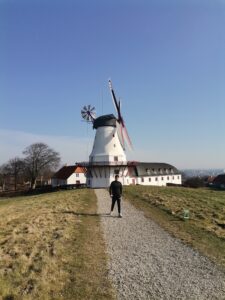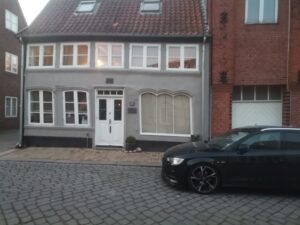The Republic of Finland is a coastal Nordic country bordering the Baltic Sea in the southwest, the Gulf of Finland in the southeast and the Gulf of Bothnia in the west. By land, Finland is bordered by Sweden to the west, Norway to the north, and Russia to the east. The Åland Islands in the Baltic Sea are under Finnish sovereignty, but enjoy considerable self-government. Helsinki, the capital of Finland, and Tampere are the largest major cities and urban areas in the entire country.
Finland belongs to the group of 15 euro area countries that exchanged their national currencies for the euro in 2002. Until then, the national currency of the country was the Finnish markka.
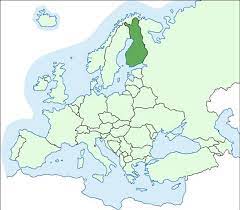
The official name is the Republic of Finland or Finland for short. Its capital is Helsinki. Finland is a parliamentary republic according to the state system. Finland has twelve provinces, which are divided into administrative districts. It also has a supreme court and municipal and district courts.
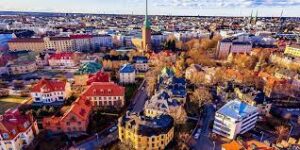
Finland gained its independence on 6 December 1917 and has been a member of the European Union since 1995. Before Finland joined the European Union, its currency was the Finnish markka, and now they have the euro. Finland is one of the largest European countries, measuring 337,030 km², of which 305,470 km² is land and 31,560 km² water. Even though the country is so big, it has a small population. The latest figures are available from July 2007, at an estimated 5,238,460, or 17 inhabitants per km². The average life expectancy for men is around 75 years, and for women 82 years. The largest percentage of the population is, of course, Finns, who are 93.4%. However, as Finland has historically been under Swedish rule, 5.7% of Swedes are still in Finland today. The remaining percentage is filled by Russians, Estonians, Roma and Sami.
Finland has two official languages: Finnish, which is used in 92%, and Swedish, which is used in only 6%. In Lapland’s far north, however, the Sami people use their own language. Finnish belongs to the Finno-Ugric group of languages. The most popular foreign language is English, which is also spoken by most people. Complete freedom of religion has been in force in Finland since 1923. The Protestant religion is the most widespread, and Orthodox minorities also have it, although the state has recognized both religions.
The country has a highly developed number of industries, as the metal, electronics and technical industries together account for 50% of exports and wood for 30%. It is also the leading country in the use of the Internet, and the number of mobile phone uses already exceeds the number of fixed telephone services. Nokia is one of the most famous companies in Finland.

Climate
Due to its geographical location, Finland has a continental climate, except by the sea. The impact of the Gulf Stream is barely perceptible, but summers are still relatively warm compared to other countries at the same latitude. Even in the north, summer temperatures, when the sun turns night into day, are still quite mild. Winters, however, are long and harsh, with a long blanket of snow, which only in the south is sometimes started by some thaw. In Lapland, -15 ° C is considered to be the usual winter temperature, but sometimes the cold reaches -40 ° C. This is not strange, because beyond the Arctic Circle, the sun appears above the horizon for a few minutes in December and January. The Baltic Sea has some mild climate impact, but only when it is not frozen. From December to April, the northern part of the Gulf of Bothnia and partly the middle part of the Baltic Sea are covered with ice and then act as a refrigerator.
